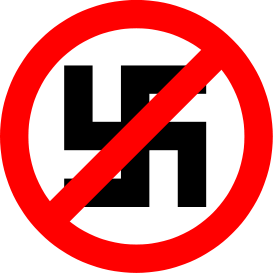July 20, 1944 - symbol of German anti-Nazi resistance
 Berlin - July 20, 1944 has become a symbol of the military anti-Nazi resistance in Germany, marking the day when 36-year-old Colonel Claus Schenk Count of Stauffenberg tried to kill Adolf Hitler in order to start talks with the Western Allies for an end to World War II.
Berlin - July 20, 1944 has become a symbol of the military anti-Nazi resistance in Germany, marking the day when 36-year-old Colonel Claus Schenk Count of Stauffenberg tried to kill Adolf Hitler in order to start talks with the Western Allies for an end to World War II.
Stauffenberg planted a bomb hidden in a briefcase in Hitler's eastern headquarters Wolfsschanze in Eastern Prussia during a briefing with Hitler.
He then travelled back to Berlin, waiting for the death of the
dictator with his fellow plotters in the Bendler Block, the General
Army Office of the Army High Command.
However, when the bomb went off, its impact was broken by a heavy table. Of 24 people present, four died, yet Hitler only received minor injuries.
Meanwhile back in Berlin and convinced that Hitler was dead, Stauffenberg put in motion Valkyrie, a plan originally conceived by the German military to suppress a possible rebellion during World War II which was adopted by the resistance plotters.
However, the plan failed when it emerged in the evening of July 20 that Hitler had survived the attack. In a hastily convened court- martial on the same night, Stauffenberg was sentenced to death alongside General Friedrich Olbricht, the head of the group, and two fellow plotters, Albrecht Mertz von Quirnheim, and Werner of Haeften.
The group was immediately executed in the courtyard of the Bendler Block. Another conspirator was forced to commit suicide. dpa